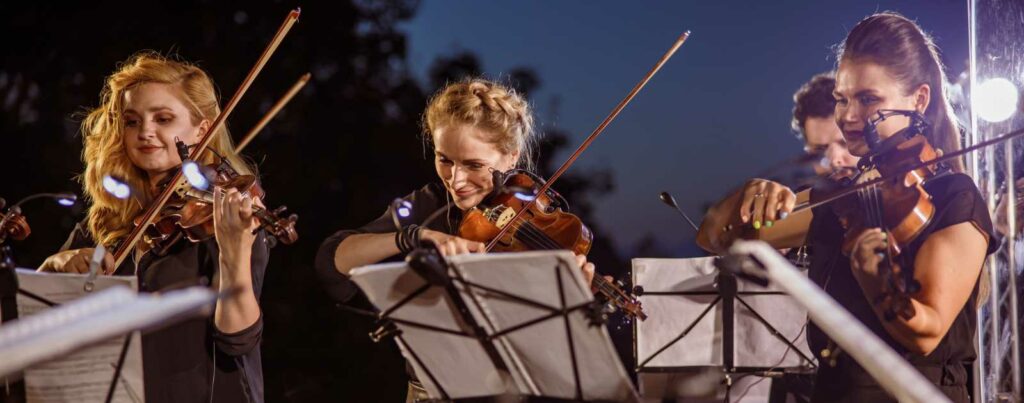In the early 20th century, the world of classical music was predominantly male-dominated. However, pioneers like Sarah Willis, the first female brass player in the Berlin Philharmonic, have broken barriers and set precedents. This blog post explores the historic milestones of renowned orchestras such as the Berlin Philharmonic, Vienna Philharmonic, London Symphony Orchestra, and New York Philharmonic. It also highlights the achievements of women conductors like Marin Alsop and Mirga Gražinytė-Tyla, illustrating the profound impact of women in classical music.
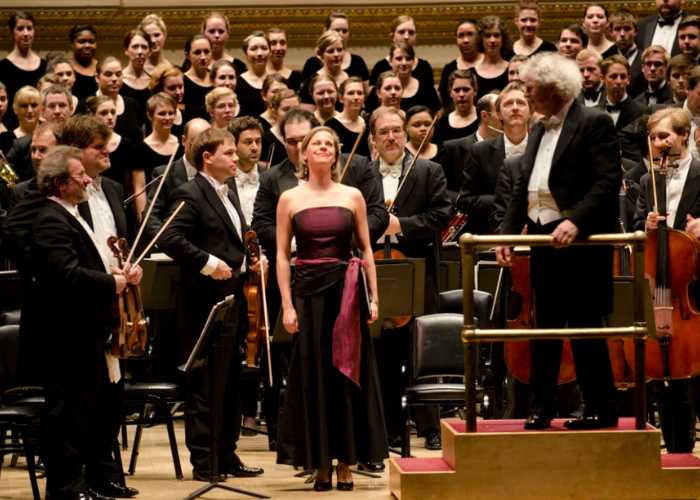
The Berlin Philharmonic: A Historic Milestone
The Berlin Philharmonic, renowned for its exquisite artistry, made a groundbreaking move by appointing Sarah Willis as its first female brass player. This milestone not only shattered a century-old tradition but also highlighted the orchestra’s commitment to embracing talent, irrespective of gender. Willis’s brilliance on the horn has since become emblematic of the orchestra’s evolving inclusivity.
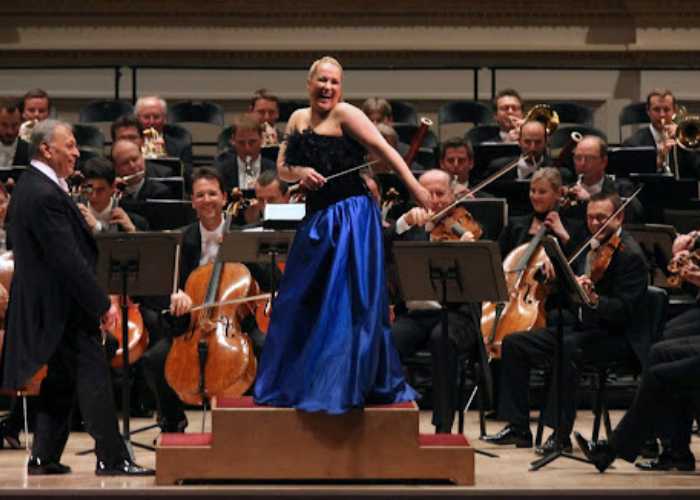
The Vienna Philharmonic: Tradition Meets Progress
Long known for its traditionalist stance, the Vienna Philharmonic began admitting women in 1997. This was a monumental change for an institution that had been exclusively male since its inception. Today, women occupy several principal positions, bringing new dimensions to the orchestra’s already rich sound.
Their inclusion signifies a blending of tradition with progressive values, ensuring the orchestra’s relevance in the modern era. This milestone not only shattered a century-old tradition but also highlighted the orchestra’s commitment to embracing talent, irrespective of gender. Willis’s brilliance on the horn has since become emblematic of the orchestra’s evolving inclusivity.
The London Symphony Orchestra: A Beacon of Diversity
The London Symphony Orchestra (LSO) has long been a beacon of diversity and innovation. Its inclusive approach has allowed numerous female musicians to shine, contributing significantly to its dynamic performances.
The LSO’s commitment to gender equality is evident not just in its roster but also in its programming and outreach initiatives, which encourage young women to pursue careers in classical music.
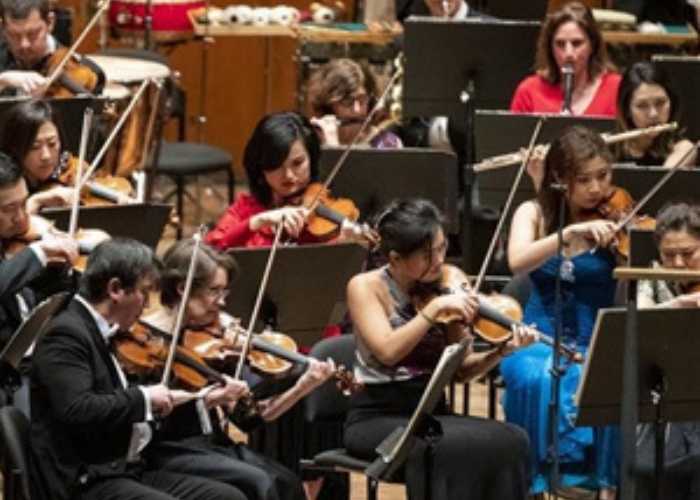
The New York Philharmonic: Leading by Example
In the United States, the New York Philharmonic stands as a testament to the strides made towards gender equality in classical music. With women holding key positions, including principal chairs, the orchestra reflects the changing face of American classical music. This inclusivity is not merely symbolic but a testament to the extraordinary talent and dedication of its female members.
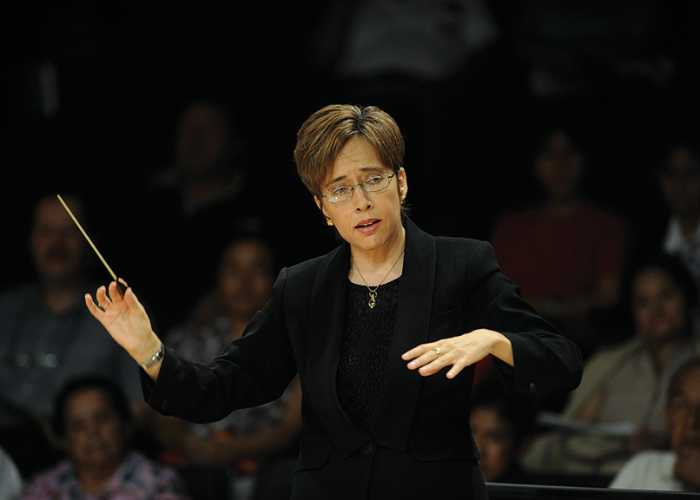
Women Conductors: Breaking the Baton Barrier
Beyond instrumentalists, women conductors such as Marin Alsop and Mirga Gražinytė-Tyla are redefining leadership in classical music. Alsop, the first woman to conduct the Last Night of the Proms, and Gražinytė-Tyla, with her innovative interpretations, exemplify the breaking of the “baton ceiling.” Their achievements inspire a new generation of female conductors and underscore the evolving dynamics of orchestral leadership.
Conclusion: Harmonising Tradition with Progress
The increasing presence and recognition of women in world-famous classical orchestras represent a harmonious blend of tradition and progress. These musicians, with their profound artistry and dedication, not only elevate the performance standards of their ensembles but also pave the way for future generations. Their stories are a testament to the transformative power of inclusion and the timeless appeal of classical music.
To discover more inspiring stories of talented women, delve into the Butterfly Dynasty series, featuring a virtuoso heroine who embodies the spirit of these trailblazing musicians. Explore the series and join the journey at the Official Site of Robert Barclay.
